Pale Oysters are mainly a mushroom of the warmer months but can occasionally be found at any time of year. It can be hard to tell the difference between a pale Oyster Mushroom and a darker Pale Oyster, they generally grow at different times of year but are thought to hybridise making identification even harder.
Home / Mushroom Guide /
Pale Oyster
Pale Oyster
| Mushroom Type | |
| Common Names |
Pale Oyster (EN), Summer Oyster Mushroom, Wystrysen Welw (CY), Boczniak Łyżkowaty (PL), Nyári Laskagomba (HU) |
| Scientific Name |
Pleurotus pulmonarius |
| Season Start |
All |
| Season End |
All |
| Average Mushroom height (CM) | |
| Average Cap width (CM) |
10 |
Please note that each and every mushroom you come across may vary in appearance to these photos.
Cap
White/off white to pale grey/brown emerging in ‘shelves’ laterally from the medium they are growing in. Generally shell or fan shaped developing uneven or lobed edges with age.
Gills
White to off white/tan with age, crowded and very decurrent, running all or almost all the way down the underside.
Stem
Can have a stem like growth emerging from the wood it is growing from or the fruiting body/cap can grow straight from the tree.
Flesh
White, firm and meaty.
Habitat
On dead or standing deciduous wood, prefers Beech but can be found on many trees.
Possible Confusion
Angel’s Wings (Pleurocybella porrigens) are similar but are very thin, unlike Pale Oysters. They can be deadly poisonous to some people so should be avoided
Olive Oysterling (Sarcomyxa serotina) looks similar but is more olive coloured and has darker gills, even when young. This mushroom is reported as edible so it shouldn’t cause any problems with misidentification.
Oyster Mushroom (Plurotus ostreatus), pictured, is very similar but is grey/blue coloured and grows in the colder months, unlike the warm loving Pale Oyster. It is thought the two can hybridise making identification sometimes very difficult.
Spore Print
White. Cylindrical.
Frequency
Common.
Other Facts
Oyster mushrooms are omnivorous, digesting dead organic plant matter and catching nematode worms with lassos of mycelium, then entering the worms mouth and digesting them from the inside. this provides the mushroom with nitrogen.



 (15 votes, average: 3.80 out of 5)
(15 votes, average: 3.80 out of 5)
















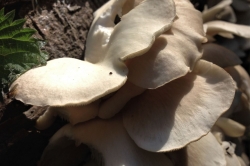
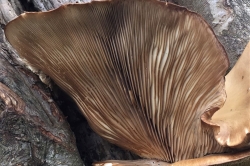
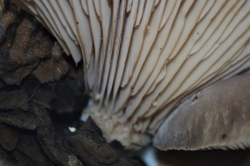
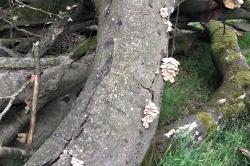
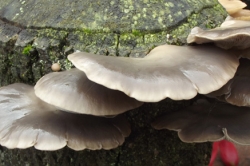
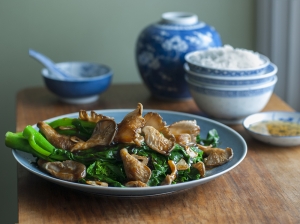

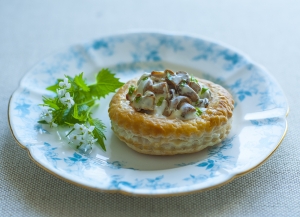
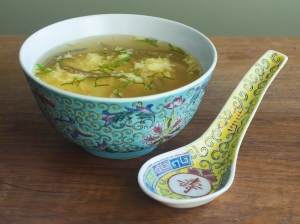
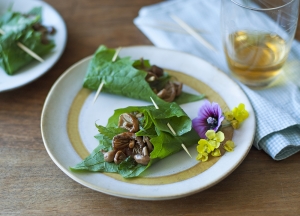
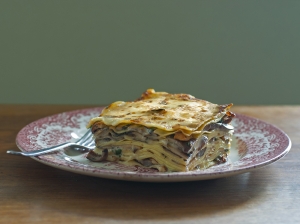


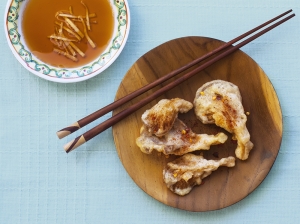
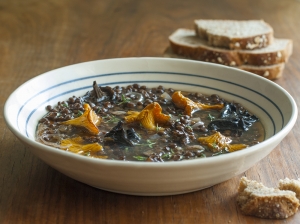

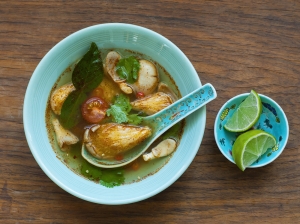


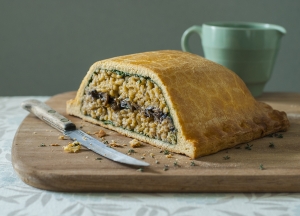
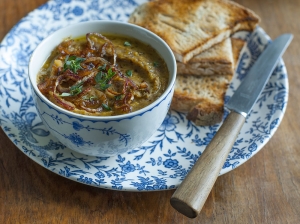
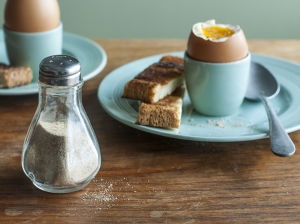
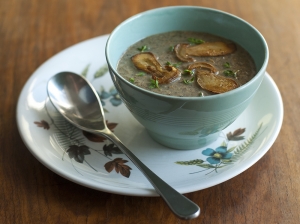

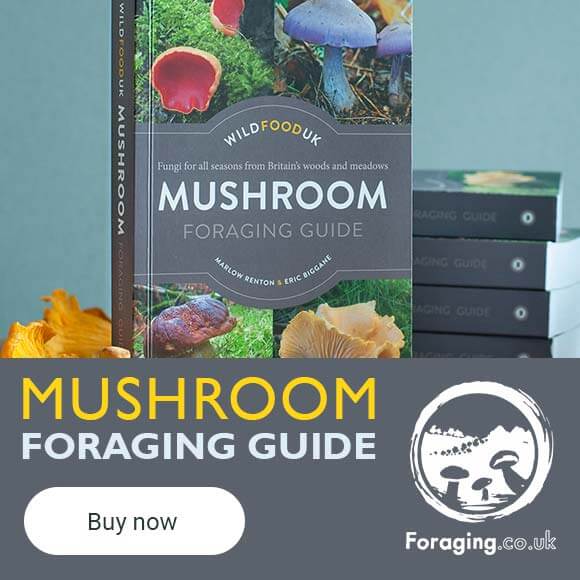




Leave a Reply